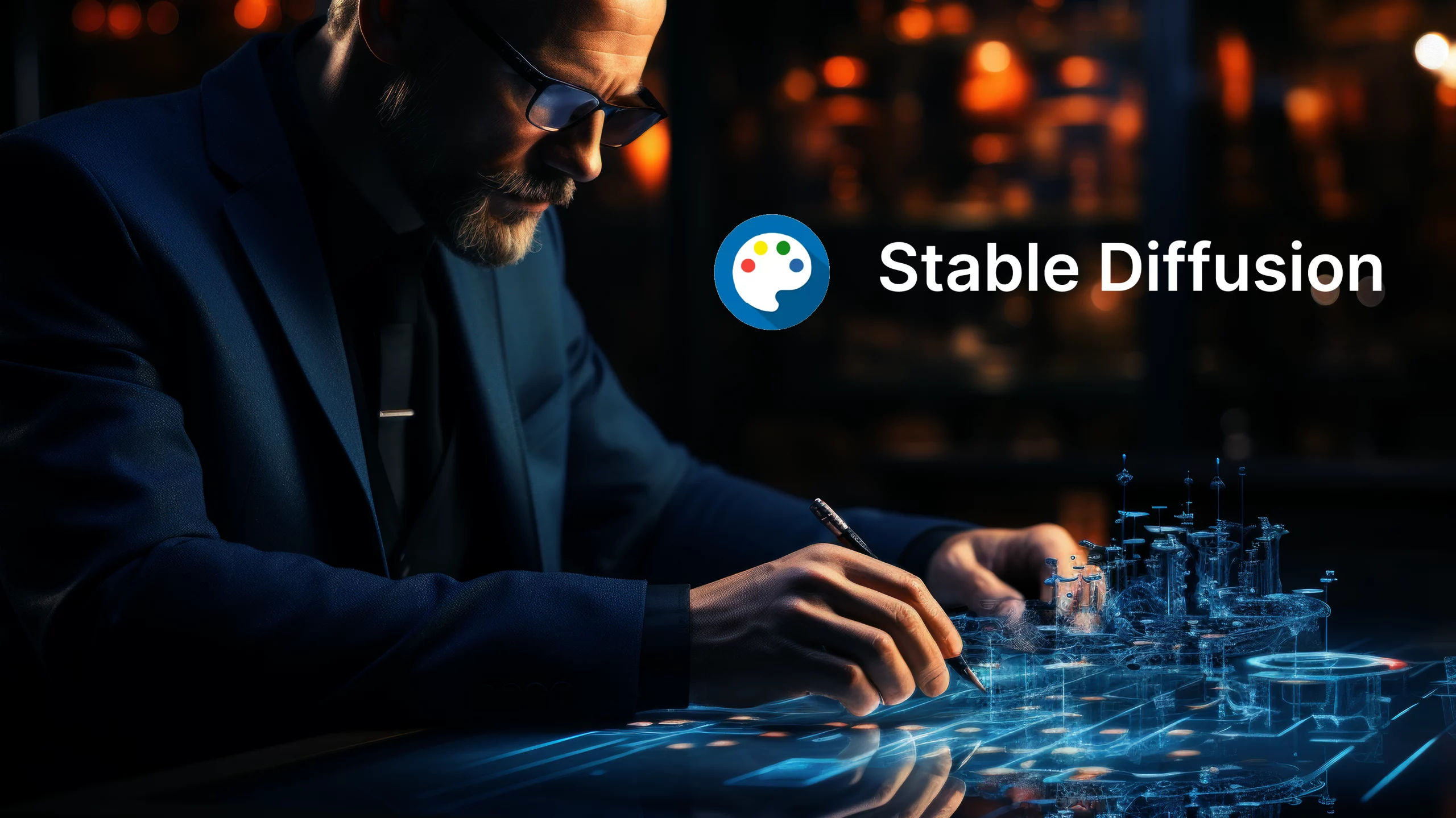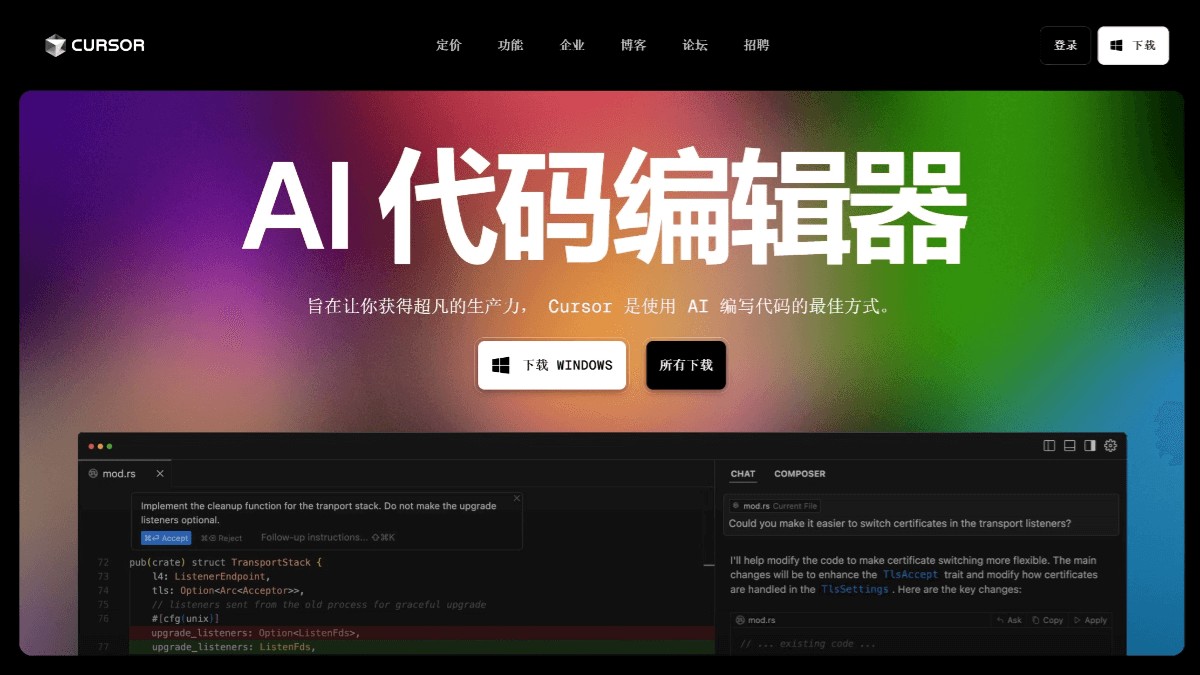
"Stable Diffusion Extensions" refers to community-developed add-ons that significantly enhance the functionality and ease-of-use of Stable Diffusion. They offer a wide variety of features, from new sampling methods and image editing tools to workflow enhancements and integration with other software. Here's a breakdown of some popular categories and examples:
1. User interface enhancement:
AUTOMATIC1111's Web UI: This can be said to be Stable Diffusion's most popular UI. It provides a user-friendly web interface with numerous features, including image repair, image scaling, batch processing, and numerous settings. It is highly scalable and supports many other extensions.
ComfyUI: A node-based interface that allows for highly customizable and complex workflows. It is favored by advanced users for its flexibility and control.
2. ControlNet:
ControlNet: This powerful extension allows precise control over image generation using various input methods such as edge detection (Canny), depth maps, human poses, segmentation maps, etc. It enables users to guide the generation process based on structural or stylistic cues.
3. Magnification and post-processing:
ESRGAN/RealESRGAN: These extensions implement enhanced super-resolution algorithms to upscale images while preserving detail and reducing artifacts.
GFPGAN/CodeFormer: These are used for face restoration, improving the quality of generated faces that may be distorted or low resolution.
4. Additional sampling methods and optimizations:
k-diffusion: This library provides a variety of advanced sampling methods in addition to the standard Euler and DDIM samplers, often resulting in higher quality images or faster generation times.
xformers: This library optimizes memory usage and speeds up processing, especially on NVIDIA GPUs.
5. Image restoration and image expansion:
These capabilities are usually built into a UI like AUTOMATIC1111, but can also be provided by extensions. Image Healing allows you to edit parts of an existing image, while Image Expansion extends the canvas beyond the original image boundaries.
6. Prompt words and workflow tools:
Dynamic Prompts: This extension allows the use of wildcards, random selection, and other techniques to create more complex and diverse prompt words.
A1111's Additional Networks: This allows you to easily use LoRA, text inversion, and hypernetworks to further customize the generated images.
7. Integration with other software:
Some extensions help integrate with other image editing software like Photoshop or Blender, allowing for a more seamless workflow.
Find and install extensions:
AUTOMATIC1111: Many extensions can be installed directly through the "Extensions" tab in the Web UI.
ComfyUI: The extension is typically installed by cloning its GitHub repository into the custom_nodes folder. It is highly recommended to use ComfyUI Manager to manage these extensions.
Hugging Face: A central hub for sharing models, datasets and code, including many Stable Diffusion extensions.
GitHub: The primary platform for open source software development, where most Stable Diffusion extensions are hosted.
Key considerations:
Compatibility: Make sure the extension is compatible with your version of Stable Diffusion and other installed extensions.
Resource requirements: Some extensions, especially those involving complex processing, may require large amounts of GPU memory.
Security: Only install extensions from trusted sources to avoid potential security risks.
By using these extensions, you can significantly extend the functionality of Stable Diffusion and customize it to your specific needs, whether you focus on art creation, image editing, or other applications. Remember to check each extension's documentation for specific installation instructions and usage details.
In summary, Stable Diffusion Extensions has greatly enriched the ecology of this image generation tool, allowing users to customize functions according to their own needs and improve efficiency and creativity.



